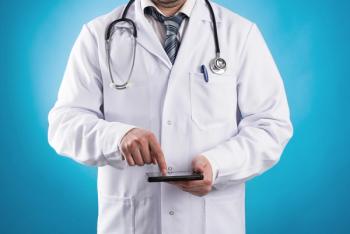
Determining Treatment Courses for a Chronic Myeloid Leukemia Diagnosis
Considering notable adverse effects associated with treatment may be critical when selecting therapy options for those with CML.
In a conversation with CancerNetwork® at the
Cortes, director of the Georgia Cancer Center at August University, explained that patients should be informed about their available treatment options, and clinicians should help outline the goals of therapy. Specifically, it may be important to discuss the known adverse effects associated with each therapy and how they may affect quality of life.
Additionally, Cortes emphasized measuring and monitoring for adequate responses to therapy while ensuring that patients are moving in the right direction over the course of their treatment.
Transcript:
That initial discussion [about a CML diagnosis] is very important. There are many things to consider. No. 1, what are all the treatment options? They all have pros and cons in terms of [adverse] effects, the possibility, the efficacy, the schedule of administration, and the availability of generics; all these things are important.
No. 2, what are the goals of therapy? What can [the patient] expect? What do the treatments give [them], including the possibility of eventually stopping therapy? It’s not a reality for everybody, but it is a possibility for everybody. What improves [their] chances to get there? What are the known [adverse] effects for each drug, [including] the common ones, the serious ones, and the less serious but constant ones? How may they impact [the patient]? Some of them happen with all the drugs, and some of them are more specific to 1 drug or the other? All these things are important to understand.
The last [questions] are: how do we know that [the patient is] having a good response or not? How do you measure that? What do the results mean? What do we do if things are moving in the right direction or not? What is the right direction? How do we assess that?
All these things are important because I think the better [the patient] understands that at the initial diagnosis, the better [their] chances of navigating through the good and the possibly not as good [parts] that may happen through the therapy.
Newsletter
Stay up to date on recent advances in the multidisciplinary approach to cancer.

















































































